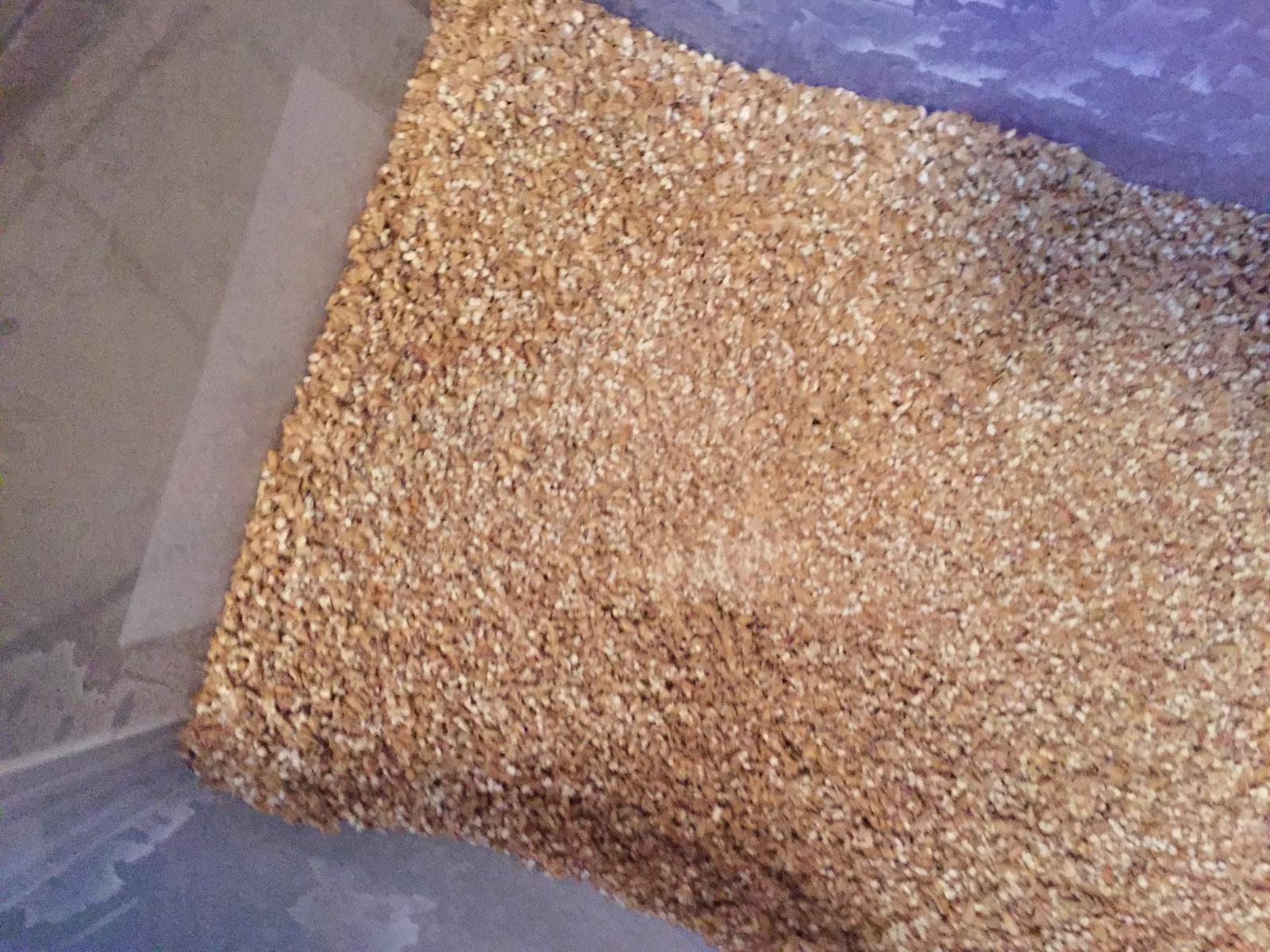user 246304
Well-Known Member
- Joined
- Aug 24, 2017
- Messages
- 8,290
- Reaction score
- 9,851
Off topic No. 2, and I am sorry, but hearing of these adjustment issues makes me question whether I should go to the MM at all....was going to pair it with the AAW 180 HP motor. 20 years ago I put tons of grain through a simple fixed JSP and drill and got excellent crushes. KISS?...











![Craft A Brew - Safale BE-256 Yeast - Fermentis - Belgian Ale Dry Yeast - For Belgian & Strong Ales - Ingredients for Home Brewing - Beer Making Supplies - [3 Pack]](https://m.media-amazon.com/images/I/51bcKEwQmWL._SL500_.jpg)




































